The name TFS comes from the English words “TIN FREE STEEL”, which can be translated as “tin free steel”. It is also referred to as “chrome plate”. It originated several decades ago as a response of the iron and steel industry to the risk posed to tinplate by the rising price of tin and the danger of depletion of the sources of supply of this metal. TFS soon attracted increasing interest from both manufacturers and users of metal packaging as it is a material capable of replacing tinplate in many applications due to its similar properties.
FEATURES
TSF has a basic support identical to tinplate: steel. Which can be obtained by simple or double reduction. However, its protection is ensured not by a layer of tin applied by electrodeposition and a passivation film – as is the case with tinplate – but by a mixed coating composed of chromium and chromium oxide.
Its mechanical properties are similar to those of tinplate, since they are basically defined by the base steel and, as we have already mentioned, are common to both, even though its friction coefficient is higher than that of tinplate, causing a greater abrasion – wear – of tools than tinplate, but once varnished this action is reduced.
TFS has a different visual appearance than tinplate, tending to a bluish-gray color. This makes it possible to obtain certain special effects with the application of transparent inks or varnishes. It is a material that must be handled with care. It is quite sensitive to scratching and cannot be touched with the hands as the print is marked and its adhesion to the varnish is reduced in this area, so it should be handled with gloves. For this reason, it must always be used with an organic coating on both sides. One of the characteristics of TFS is that it offers a perfect adhesion to this type of coatings which increases the resistance to corrosion. Today the market offers a wide range of varnishes suitable for this use.
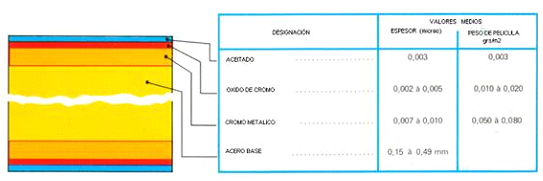
MANUFACTURING
This product originated in Japan around 1961. The first manufacturer was Toyo Kohan with the name “Hi-top”, soon other Japanese steel companies joined the production giving it different names like “Can Super”. From 1965 onwards, it was manufactured by steel mills in the United States and Europe under license.
In general, they use mixed lines for their manufacture, which can pass in a short time from a tin plating process to a chrome plating process and vice versa. In other words, they are generally tinplate production lines complemented with the necessary elements to be able to produce TFS as well. This is facilitated by the fact that both the head of the line – working with the same base steel – and the glue – control, cutting and packing – are common.
The chromium, chromium oxide coating is achieved by electrochemical deposition starting from chromic acid solutions and although the thickness of the coating layer is much less than that corresponding to tin plating of an E.2.8 tinplate, However, the coating is highly uniform and the area of exposed iron metal in the pores is smaller than in the tinplate.
APPLICATIONS
TFS, after appropriate coating, is a material that ensures protection compatible with a large number of low-acid foodstuffs.
– 3 piece” type container bodies: They cannot be welded by a conventional electric spot welding system. For this reason its use is reduced in this case to bodies with glued seams with resin or thermoplastic cement for industrial packaging applications.
– 2 piece” type container bodies: It has a good application for all types of deep-drawn containers. Perhaps better than tinplate, as it can be made from an equivalent base steel and also has excellent adhesion to varnishes subjected to drawing stress.
– Funds: It is a good alternative. It can be used for a wide range of products as long as they are not too aggressive.
– Capsules and crown cap: As in the previous case.
– Packaging and containers for decorative use (trays, boxes, etc. ….). Toys and others.
In general, a well varnished TFS can have a performance equivalent to a tinplate E 2.8.


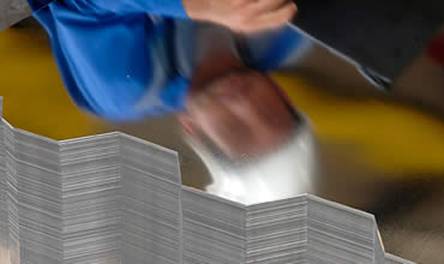
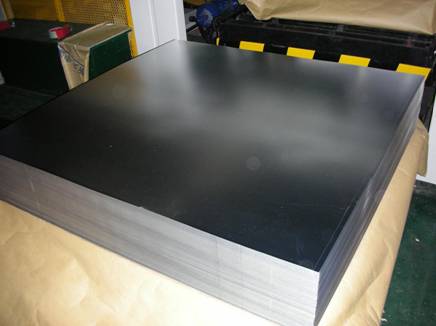
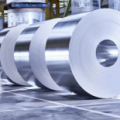
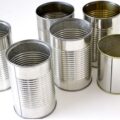
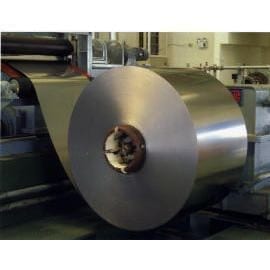

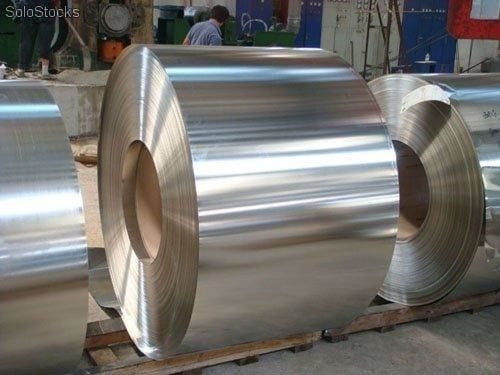
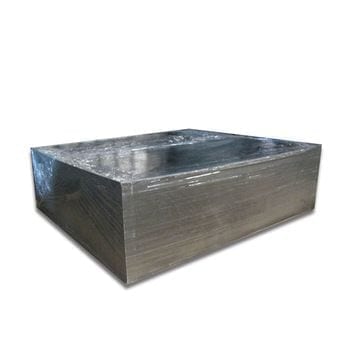



0 Comments